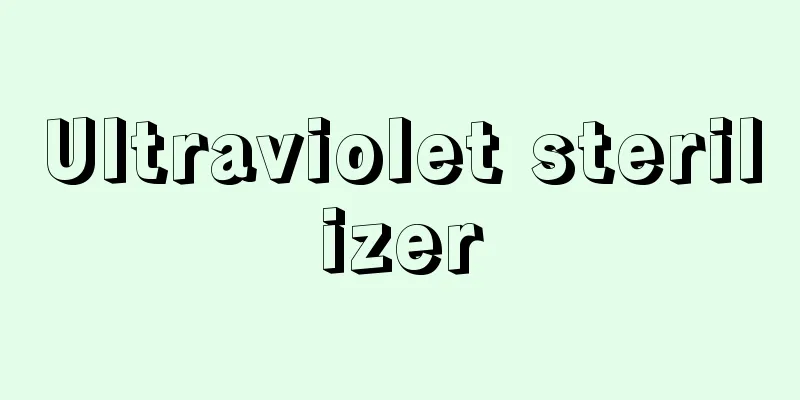Ultraviolet sterilizer

|
Ultraviolet sterilizer is a machine mainly used for sterilization and disinfection. It has a very good sterilization effect and is widely used in many aspects, especially in the water treatment process, where it has played a great role in reducing the harm to the human body caused by excessive use of chemicals in the water disinfection process. It also has no fishy smell and has made a great contribution to our safe water use. There are many benefits to using ultraviolet disinfection to sterilize, so it can be used in many occasions, such as hospitals, factories, and even some families. This equipment can reduce secondary pollution when making food or medicine, making our lives and work safer and more secure, and the cost is relatively much lower, so it is both economical and affordable. Ultraviolet disinfection devices are widely used and have high value in water treatment. They destroy and change the DNA (deoxyribonucleic acid) structure of microorganisms through the irradiation of ultraviolet light, causing the bacteria to die immediately or be unable to reproduce, thereby achieving the purpose of sterilization. It is UVC ultraviolet rays that have a real bactericidal effect, because C-band ultraviolet rays are easily absorbed by the DNA of organisms, especially ultraviolet rays around 253.7nm. Ultraviolet disinfection is a purely physical disinfection method with the advantages of being simple and convenient, broad-spectrum and highly efficient, free of secondary pollution, easy to manage and automated. With the introduction of various new designs of ultraviolet lamps, the application scope of ultraviolet sterilization is constantly expanding. advantage 1. High-efficiency sterilization: Ultraviolet rays can generally achieve a sterilization rate of 99%-99.9% for bacteria and viruses within one to two seconds. 2. High efficiency and broad spectrum of sterilization: Ultraviolet light has the highest broad spectrum of sterilization, and it can kill almost all bacteria and viruses with high efficiency. 3. No secondary pollution: Ultraviolet disinfection does not add any chemical agents, so it will not cause secondary pollution to the water body and the surrounding environment, and will not change any components in the water. 4. Safe and reliable operation: Traditional disinfection technologies such as chloride or ozone use disinfectants that are highly toxic and flammable, while ultraviolet disinfection systems do not have such safety hazards. 5. Low operation and maintenance costs: Ultraviolet disinfection equipment occupies a small area and has simple structure requirements, so the total investment is small and the operating cost is also low. At the level of 1,000 tons of water treatment, its cost is only 1/2 of chlorine disinfection. Everyone has a basic understanding of ultraviolet sterilizers. In fact, it has many uses. Friends who are interested can learn more about it. If you can invest in it, you can apply it in our daily life, which is also very convenient and affordable. |
<<: What to do if the towel turns yellow
>>: How to use a mercury sphygmomanometer
Recommend
What are the most effective methods for eye beauty and wrinkle removal
As we age, it is common to develop wrinkles aroun...
What should I do if I have lymph nodes under my armpits?
If lymph nodes grow under the armpits, patients n...
Is baking soda toxic?
As people have more and more entertainment option...
How to reduce swelling after being stung by a bee on the neck
Speaking of bee stings, I believe that many peopl...
Can I eat after using compound chlorine mouthwash
Now more and more people are starting to use mout...
What foods can't you eat for vascular headache
Vascular headaches can reduce the patient's a...
The soles of your feet are hot, these foods can be used to treat it
From the perspective of traditional Chinese medic...
What are the harms of smoking to the human body?
The harm of smoking to human health is quite obvi...
Learn about some specific causes of melanoma
Melanoma is composed of melanocytes on the surfac...
Is talking to oneself often a disease?
When a person is overly nervous or fearful, he or...
Long-term nasal drip with green phlegm
Long-term nasal drip and green sputum are most li...
How to quickly eliminate blood stasis, save these tips
Minor bruises from a collision may not require ho...
Pancreatic cancer, cancer caused by eating
Pancreatic cancer is one of the top ten most comm...
The difference between lung adenocarcinoma and lung cancer
Lung adenocarcinoma and lung cancer are two diffe...
What is conservative treatment for breast cancer
Conservative treatment is a folk saying. Maybe ev...









